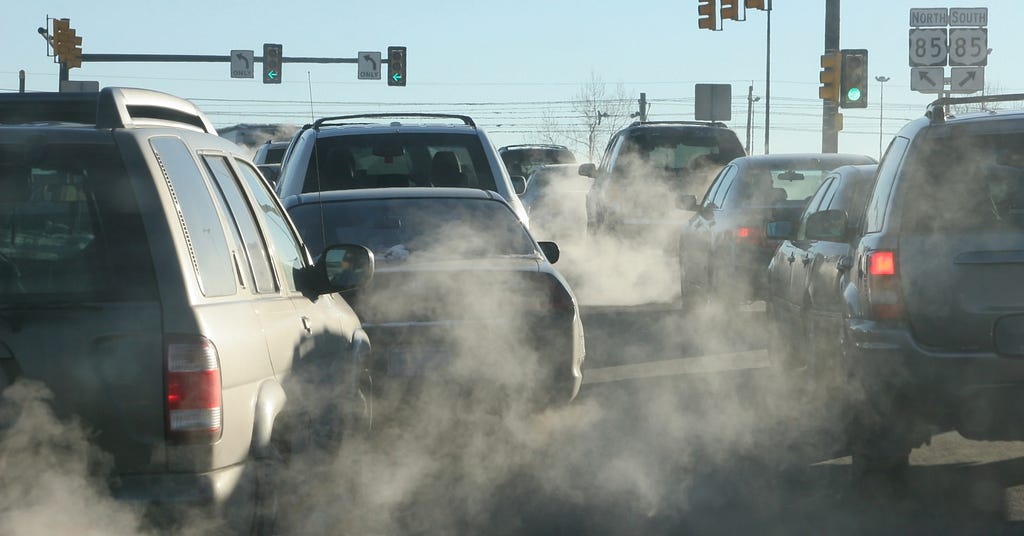
Imagine if someone invented a new transportation system and said, “I’ve designed a new way of getting around: It’s powered by fossil fuels that will pollute our air. It will congest our cities to the point of inciting rage in its users. Its human operators will be fallible, killing 40,000 Americans — and more than a million people around the world — every year. Most of the time, the equipment will sit unused, occupying prime real estate and driving up housing costs. If you’re young, old, or living with a disability, then you can’t use it. And for those who can, the privilege will cost $9,000 a year and suck up two years of your life.”
You’d say, “You’re crazy.” And yet, here we are, living in a state of cognitive dissonance with exactly this — the human-driven, gasoline-powered, single-occupant car — as our primary mode of transportation.
As we work to earn trust in communities ahead of the launch of our self-driving service, I have been spending time with city leaders, including recently at CityLab, an annual conference that brings together mayors and other city officials to share the latest in urban innovation. What I heard there further validated my belief that the status quo of transportation is broken, and that our need to find better solutions grows more urgent every day.
Yet, despite the best efforts of government, regulators and industry, very little has fundamentally changed in recent decades in terms of how we get around.
More than three in four of us still drive to work in single-occupant vehicles, which is basically unchanged over the past twenty years. Electric vehicle adoption remains stubbornly stuck at under 1%. And, most importantly, traffic accidents are still the leading cause of death for 5- to 29-year olds, globally.
So, where to from here?
To be sure, public transit can and must help address some of these issues. But public transit often requires massive investment that many cities simply cannot afford. Even then, it only reaches a fraction of the population.
And while micro-mobility may offer some creative solutions, it only solves first/last mile problems for a small segment of the population, and only in certain communities.
Even the much-ballyhooed rise of ride-sharing hasn’t solved the problem. In fact, what was intended to upend has only served to further entrench the status quo. Despite making up less than 1% of all vehicle miles traveled, ride-sharing has added further congestion, more emissions, and potentially even decreased safety in our cities from over-tired and overworked drivers. That’s because this “disruption” is mostly built out of what’s causing the fundamental problem — the human-driven, gasoline-powered, single-passenger car. The result is that what we call ride-sharing isn’t really ride-sharing — it’s actually just ride-hailing. So while these apps have disrupted the taxi industry with subsidized rides at the push of a button, they haven’t fixed transportation.
To make order-of-magnitude — rather than incremental — improvements in transportation, we need to build alternatives that are superior to the status quo in every way.
That’s why at Cruise it is our mission to improve safety by removing the human driver, reduce emissions by being all-electric, and reduce congestion through making shared rides more compelling by providing an awesome experience at a radically lower cost. Only then will we truly move beyond the car to the transportation system that we deserve — one that is safer, more affordable, and better for us, for our cities, and for our planet.
More to come.
We Need to Move Beyond the Car was originally published in Cruise on Medium, where people are continuing the conversation by highlighting and responding to this story.
